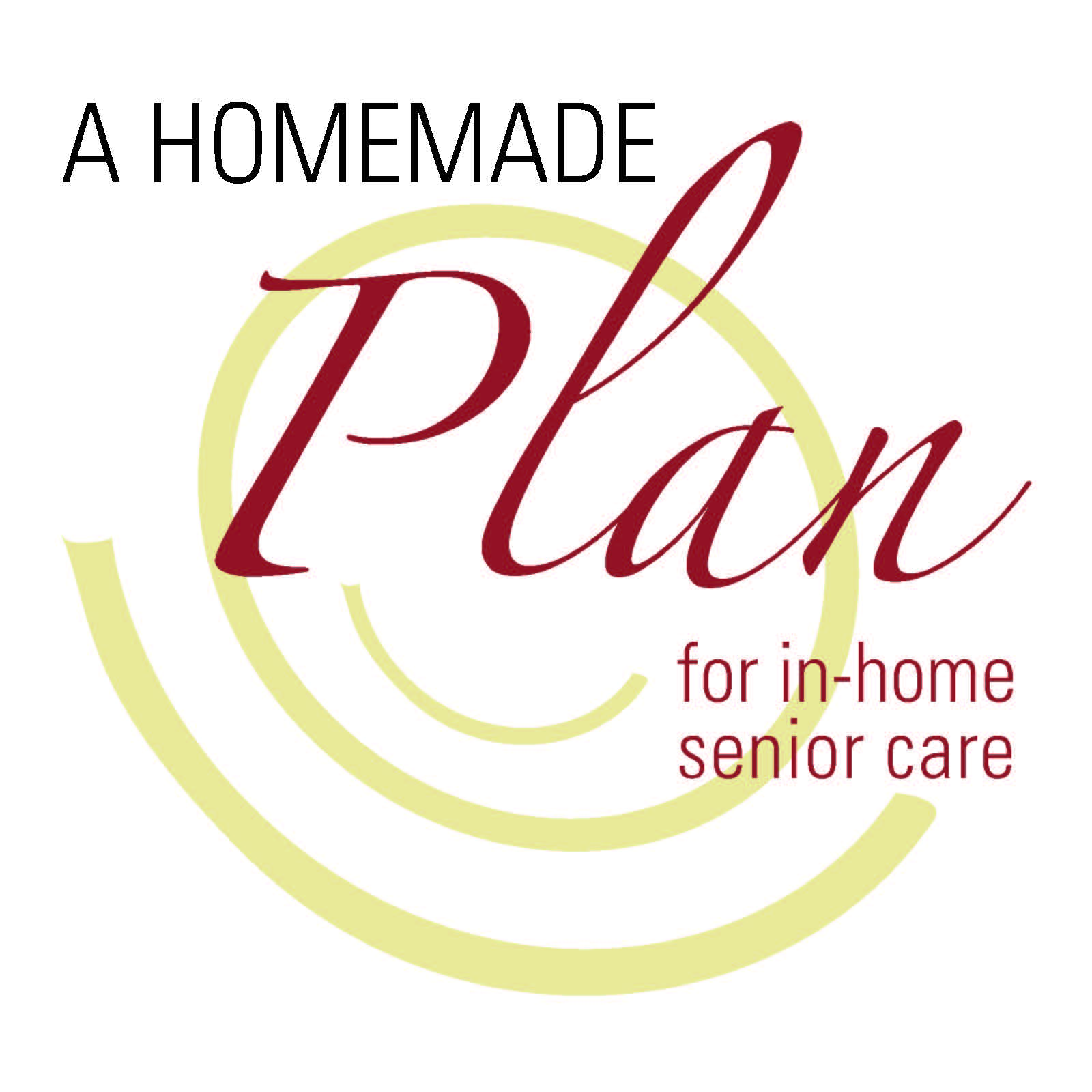It’s no secret that as we age, our chronic aches and pains can become more pronounced. One common issue that caregivers, loved ones, and doctors often encounter is when their friend, relative, or patient is experiencing chronic pain but unwilling or unable to speak up about it. These types of issues can arise for a number of reasons as one ages and could be due to the aging process or underlying health conditions.
But chronic pain is treatable and the team from A Homemade Plan frequently encounters such issues. As one of the leading Maryland home care services, we wanted to provide a few tips here for recognizing and managing it.
Leading Signs of Chronic Pain
Although everyone’s body is different and will exhibit reactions to chronic pain in different ways, there are some important red flags loved ones and caregivers should keep an eye out for, such as:
- Appetite loss
- Mood swings
- Difficulty holding objects or dropping objects frequently
- Vocalizing (such as groaning or moaning) when moving
- Clenched fists and pained facial expression
- Immobility, fatigue, and lethargy
Any of these could be signs that an aging patient or loved one is experiencing chronic issues that should be treated as soon as possible.
How is Chronic Pain Treated?
As we mentioned above, although chronic pain is certainly uncomfortable, it can be treated. Some of the most common forms of treatment include:
- Medication (anticonvulsants, antidepressants, non-opioid pain medication, etc.)
- Cognitive-behavioral therapy
- Physical therapy
- Occupational therapy
Contact us today for more about Maryland home care!
For more about how we work to identify and manage chronic aches and pains in our clients, contact us online today or call (888) 610-2643. Get your FREE in-home assessment today!

